Specific areas of recent high interest
Property
Any investment in property should be viewed as a long-term investment. Planning for maintenance and renovation should at least be done for a period of 10 years ahead. Due to the nature of property maintenance, there are certain items that require attention in longer cycles than annually - i.e., repainting of a building or replacement of gutters. Even concrete structures require attention to “spalling” and sealing against water penetration. Steel roof structures will also require attention from time to time to ensure that structural integrity and ability is preserved.
Since the introduction of the Sectional Titles Scheme Management Act, there has been increased interest in the development of maintenance plans and budgets for sectional title schemes. This area of property management has been severely neglected over the years and have given rise to numerous instances of disputes as trustees were seeking to raise funds for much needed maintenance.
The lack of past maintenance planning had the effect that levies had to be raised significantly. This had a negative impact on the marketability and attractiveness of property in schemes where maintenance planning was not performed adequately.
In a large number of instances, the valuation of properties for insurance purposes were grossly understated. Furthermore, the insurance cover did not include temporary accommodation or take any contractual requirements contained in leases into account. This exposed the property owners/investors as well as the tenants to unnecessary risks.
There have been a surprising number of projects where the scope of work, required standards, time frames for completion and milestones for payment were not properly defined. This again led to disputes with contractors and consultants and again exposed the owners/investors to unnecessary risk and cost overruns.
We provide independent assessment and planning of maintenance plans, insurance cover, the costing of projects and the control over project expenditure.

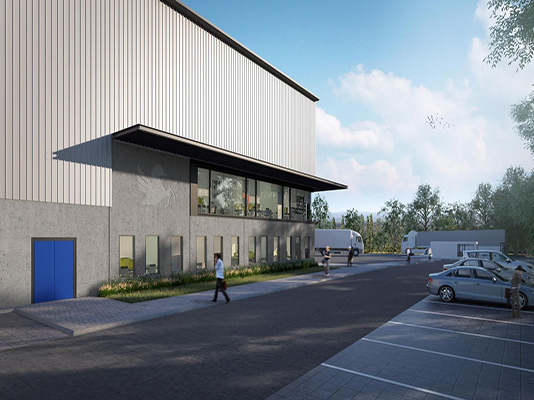
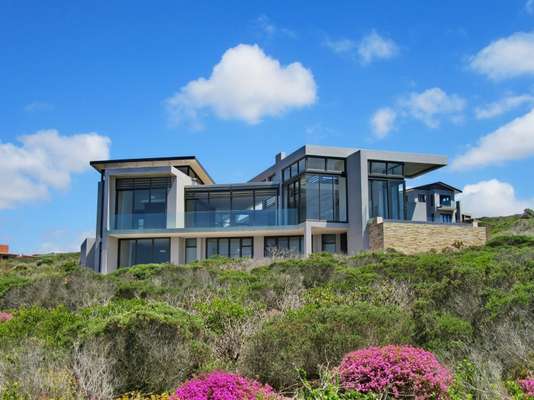
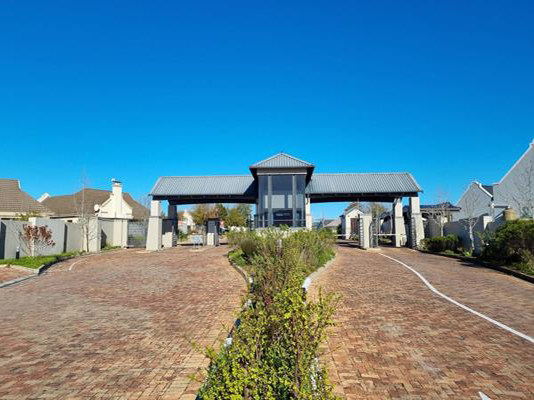
Energy
In today's modern world, energy forms a crucial element of survival for private households and businesses. From 2008 South Africa has endured constant interruptions in the supply of electricity. The outlook for the immediate future remains bleak with ESKOM admitting that it does not have the capacity to provide in the needs of the country. This has negatively impacted the view of international investors and buyers of our products. It also created many problems for businesses and private households in many aspects: damage to equipment, inability to supply products on time, increased cost of operations, increased risk during down-times.
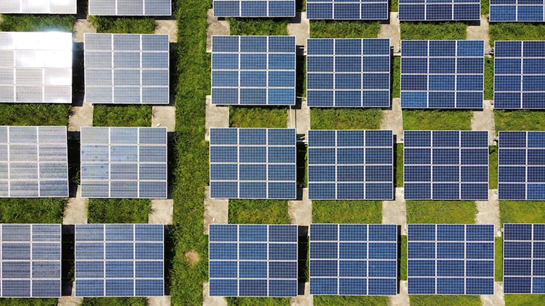
Many have resorted to installing fossil fuel powered generators whilst solar installations have also abounded. The cost of generating power through the use of fossil fuel generators are at least 3 to 5 times more expensive, whilst it does not assist with achieving the goal of lowering CO2 emissions. Solar power has become much more affordable, but still requires a large upfront investment whilst it does not function well on cloudy days and during the night. Contrary to popular belief, all installations require regular maintenance and constant monitoring of performance. This adds another layer of complexity to the operations - do you really want to operate and maintain a power station of your own?
There have been very innovative approaches to overcome the large initial investment as well as the ongoing monitoring and maintenance requirements. In most cases the resultant cost per kWh has been far lower than the price charged by ESKOM or the municipalities.
Business Continuity
Many very successful businesses have struggled with succession planning or business continuity. This has been the result of owners wishing to retire but having no children interested or capable of taking over the running of the business, or when an event renders the founders/owners incapable of continuing with the management of the business.
It is true that in the process of building a successful business, little attention is paid to ensuring that the business can survive a troubling event. It is equally true that many successful businesses falter after the departure of the original owners. It is especially true when the charisma and vision of the founders are no longer there to guide operations. This reduces the value of the business and increases risk for clients, suppliers, financiers, employees and owners.
Unfortunately, many owners also have a false impression of the value of their businesses and rely of the eventual sale of the business to fund their retirement. The unexpected onset of illness or lack of capacity to continue with the business until retirement, can never fully be compensated by key man insurance.
It is therefor imperative to attend to business continuation or exit planning as early as possible during the life cycle of the business and its current owners.
PV Panel Soiling
1. Background
Solar PV farms have been established to produce large scale energy to the national grid. The investment in the farms are quite large - typically R1.2 billion. The number of panels on such farms range from 50 000 units to 557 000. The farms are located in areas where the maximum number of days with sunlight is found. These areas are situated in dry, remote areas of South Africa
In addition to the PV farms, numerous commercial and industrial installations have been completed at shopping centres, office blocks, warehouses and factories.
2. The problem
Solar panels will lose around 20% of their capability over a 25 year life span. The efficiency of the panels is further negatively influenced by dirt accumulating on the surface of the panels. This reduces the income generated by the farm. In many of the areas where the PV farms are located, water is also scarce. Ground water may contain may salts and trace elements that can form scales on the panels when washed with the water. The use of brushed to brush dirt of the panels can provide relief from dirt accumulation, but is not highly effective and can potentially damage the surface of the panels.
A number of operators have employed local unskilled workers to hand clean the panels on a regular basis. This has not been entirely successful as the access to water, cleaning materials used and time required created numerous problems.
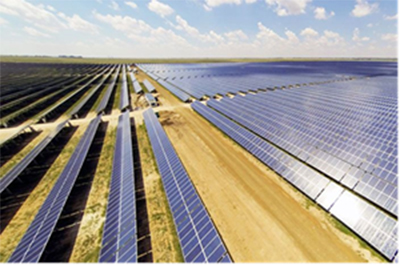
3. The solution
A two-fold solution can provide excellent remedy of the problem:
- 3.1 Nano Coating:
A nano technology product has been developed to coat the panels. This coating has been proven to reduce the ability of dust and dirt to settle on the surface of the panel, whilst also making it possible to use compressed air to remove most of the dirt. The coating has an expected life span of at least 3 years. The efficiency gains will enable the farms to increase their energy production and revenue generation. The cost of application would be recouped through the increased revenue generated. - 3.2 Automated Robotic Cleaning:
A number of solutions have been developed and commercialised. There are portable units that can be moved between installations and there are fixed units that are permanently mounted on the installation. Some of the solutions require a water source to clean the panels whilst others make use of compressed air or air jets to blast the surface of the panels. Empirical data shows excellent returns on investment.
